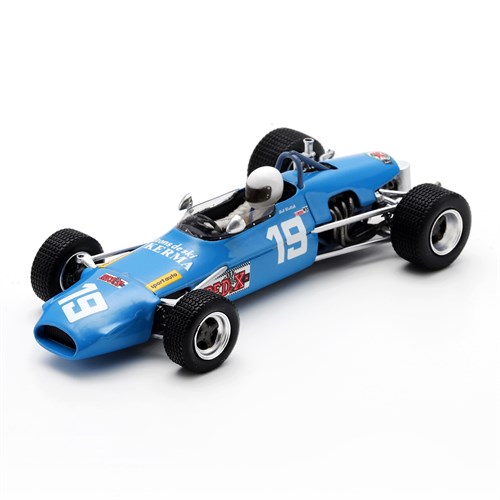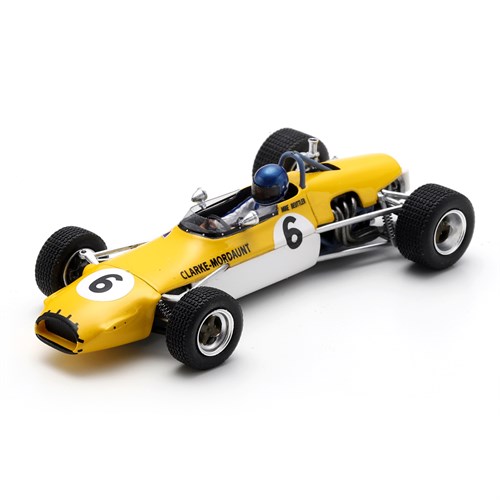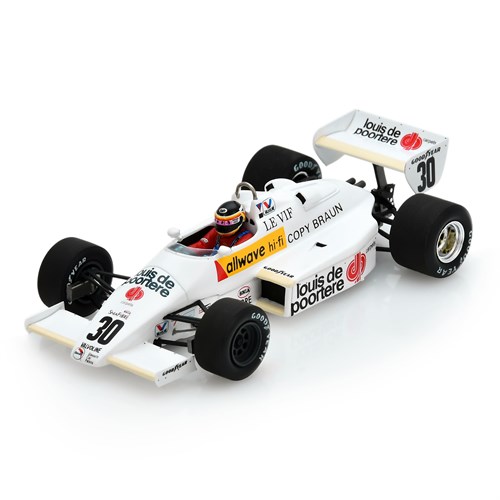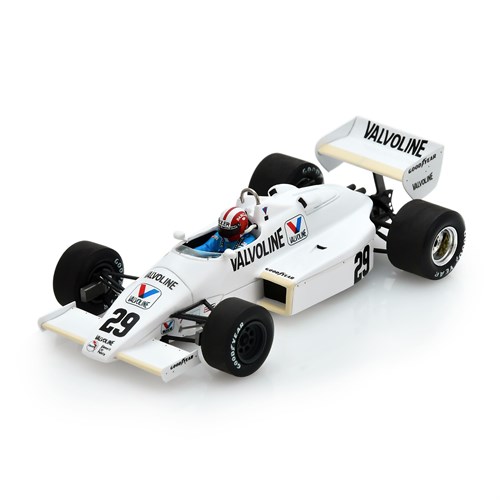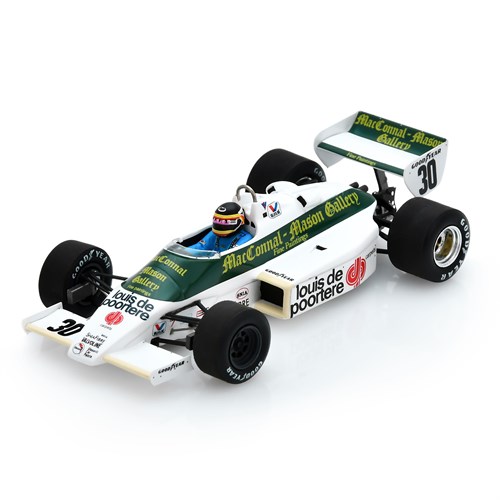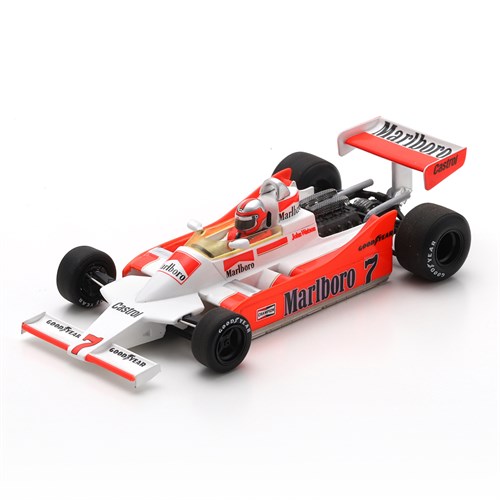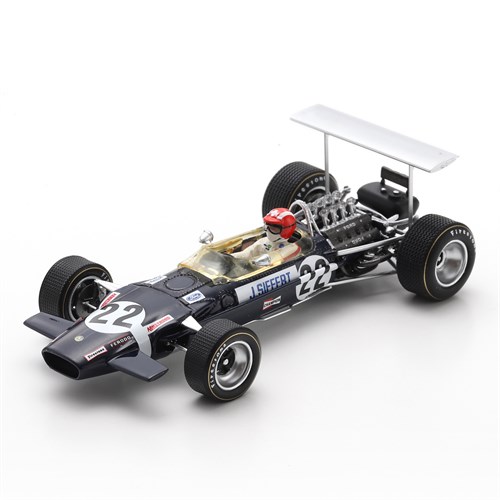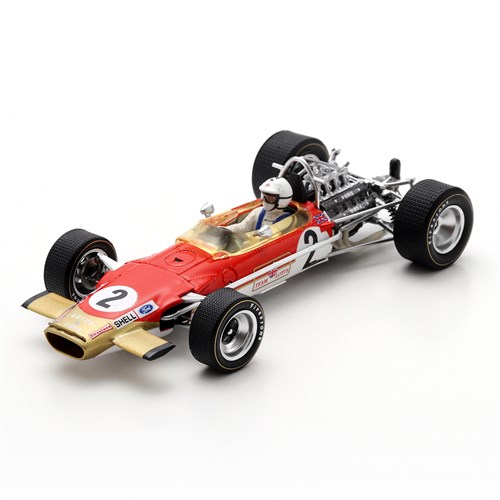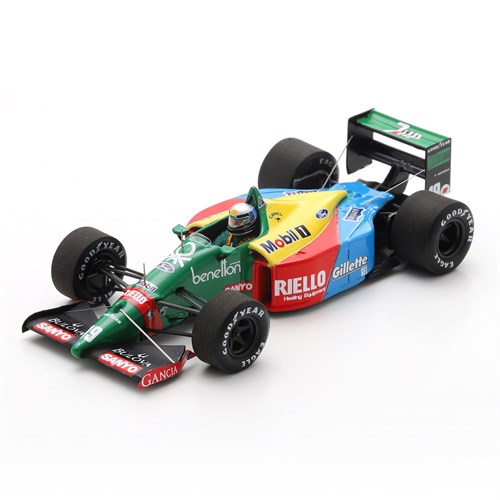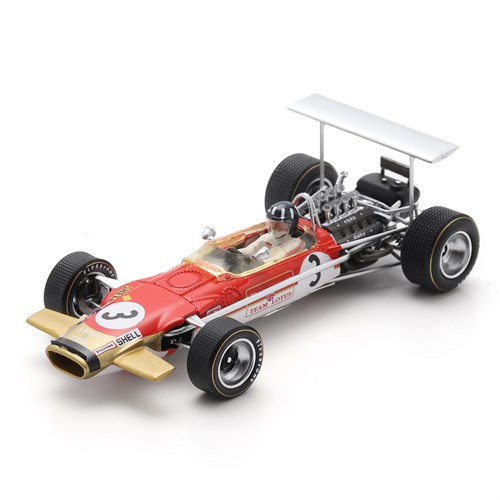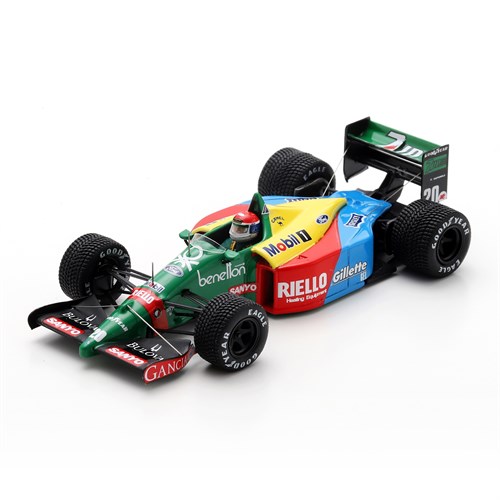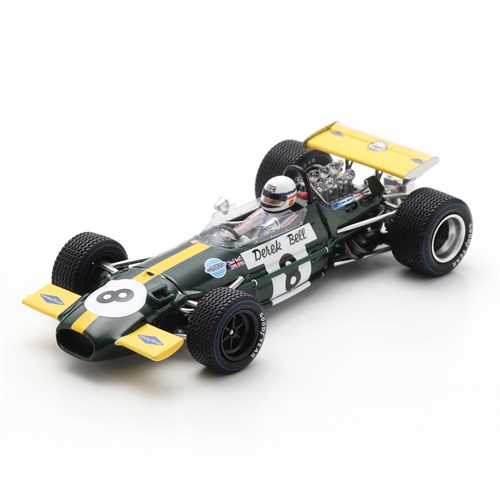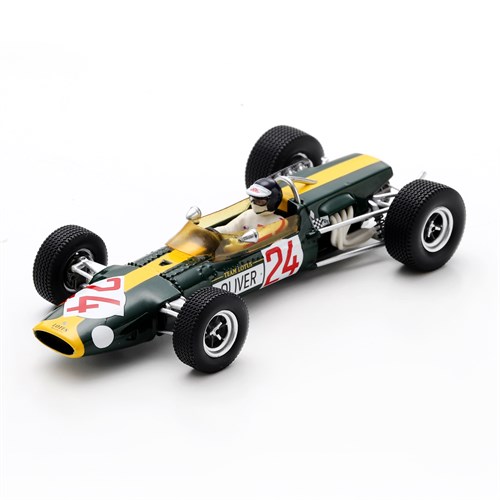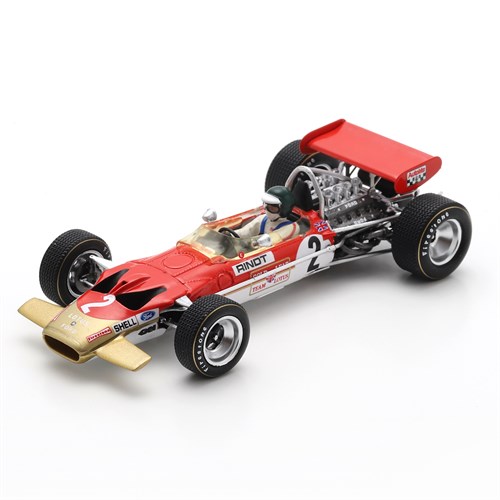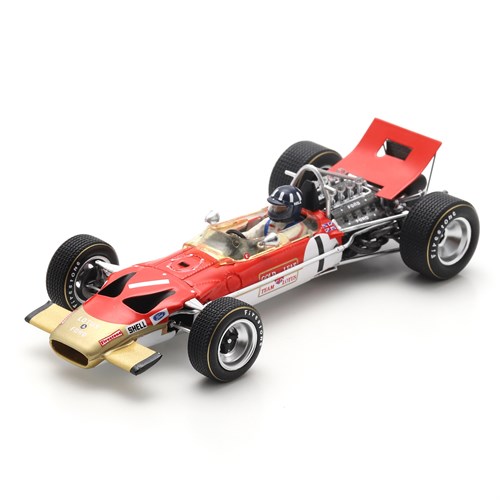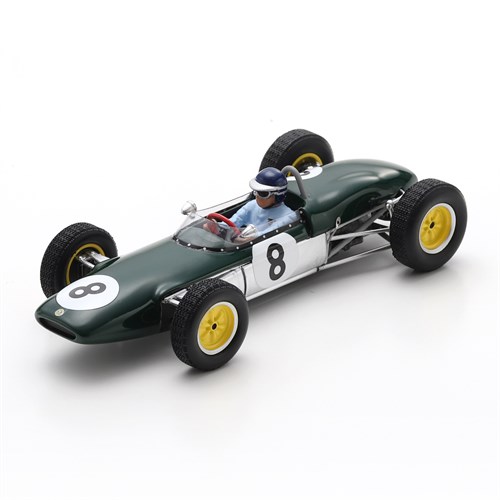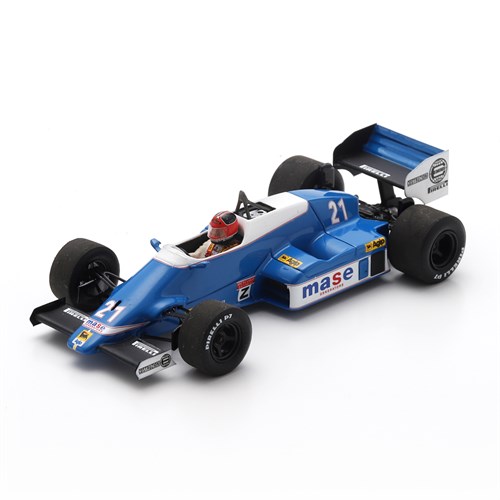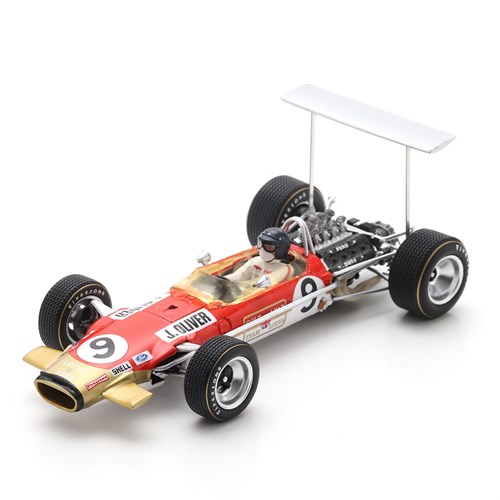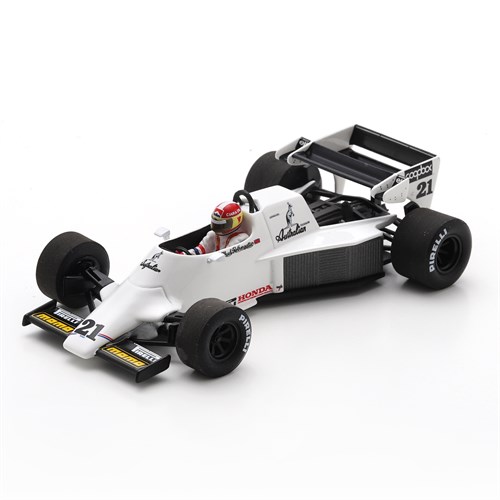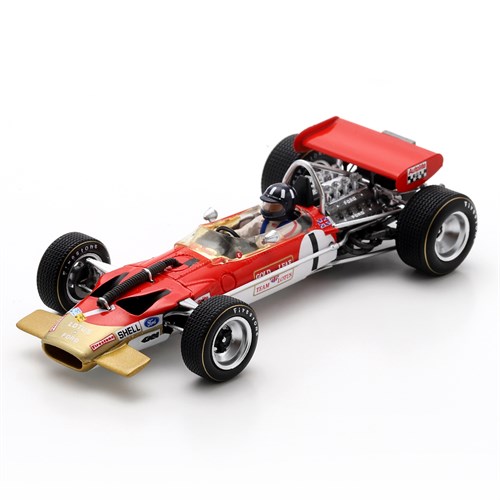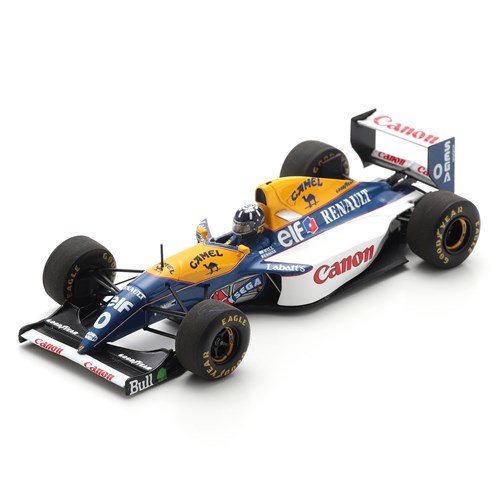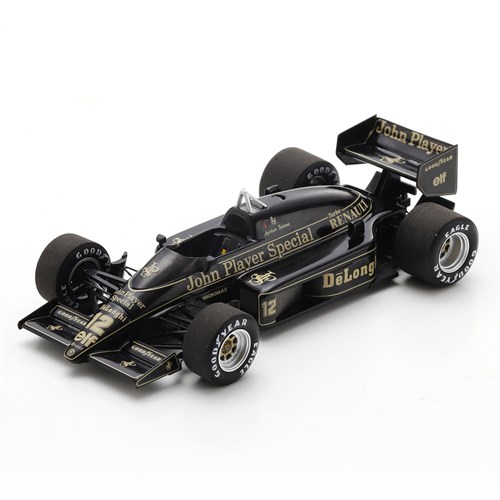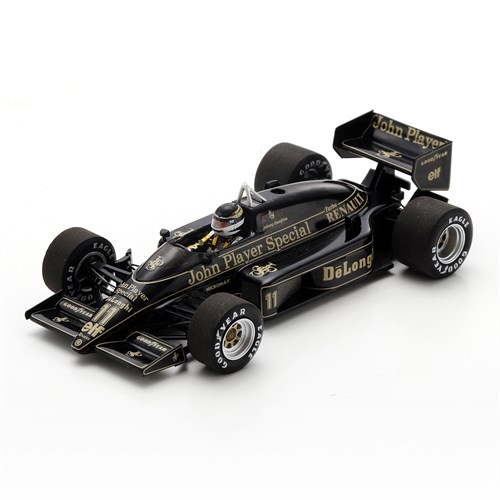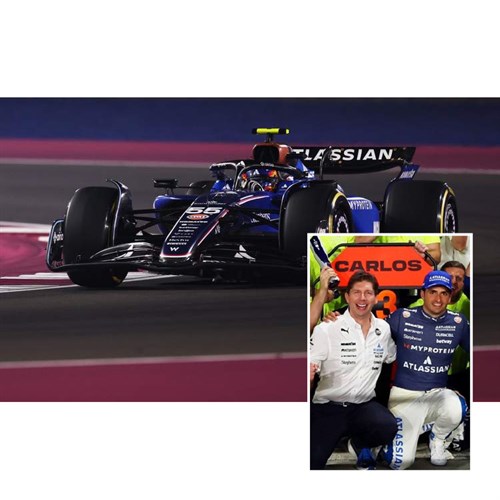- Menu
- Diecast brandsFeatured brandsAll diecast brands A - L
- F1 models
- Road carsSearch by marque A-JSearch by marque L-ZSearch by scale
- Motorsport modelsSearch by motorsportSearch by scale
- Motorbike modelsSearch by motorbike typeValentino Rossi
- Other models
- Models by Scale
- SaleSearch by product typeSearch by scale
- Stories
- Sign In
- Register
Brand
Availability
Product Type
Team
Driver or Rider
Signed
F1 model car | F1 diecast models
Buy modern and classic F1 model cars at Diecast Legends. The largest range of F1 model cars, with over 1000 examples available to either buy now or to pre-order. Models are available in 1:2, 1:5, 1:8, 1:12, 1:18 and 1:43 scale including cars from Ferrari F1, Mercedes-AMG Petronas F1, Red Bull Racing & McLaren Racing online. Big selection of Formula One models from Spark, Minichamps, Tecnomodel, Look Smart and more. Diecast Legends is the world's leading seller of collectible model cars and we ship UK and worldwide.
Our collection of F1 models features detailed model cars and model helmets from the world’s greatest drivers and teams. From icons like Ayrton Senna to current champions such as Max Verstappen and Lewis Hamilton, every replica captures the precision, colour, and excitement of Formula 1. These models are perfect for collectors and motorsport fans alike.
read more
Loading more products ...





